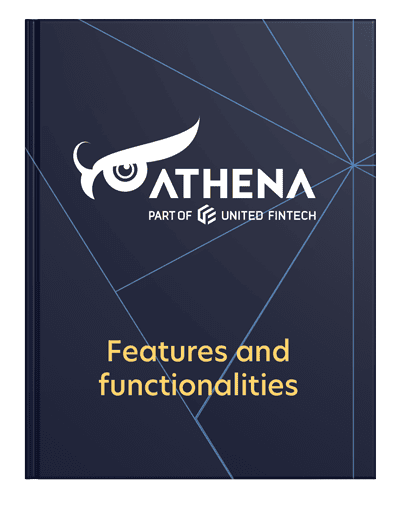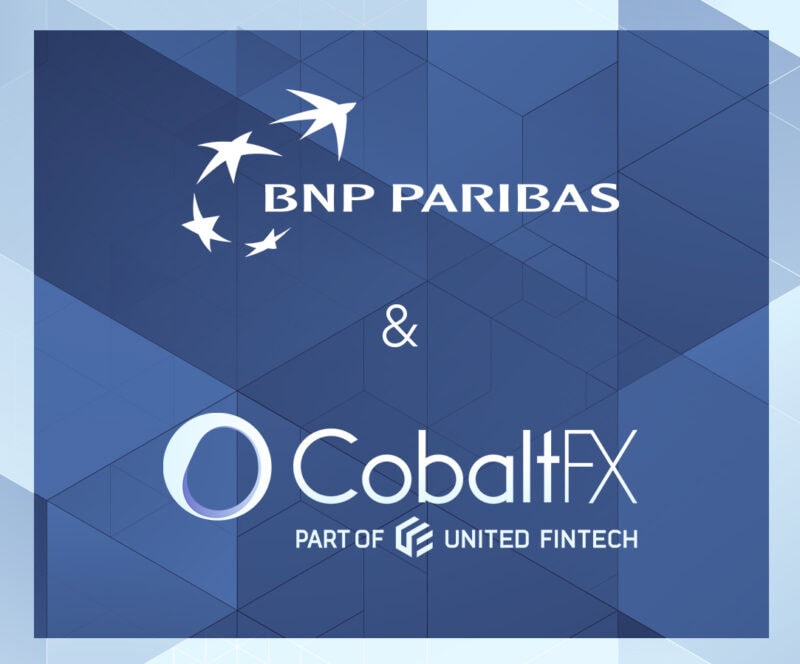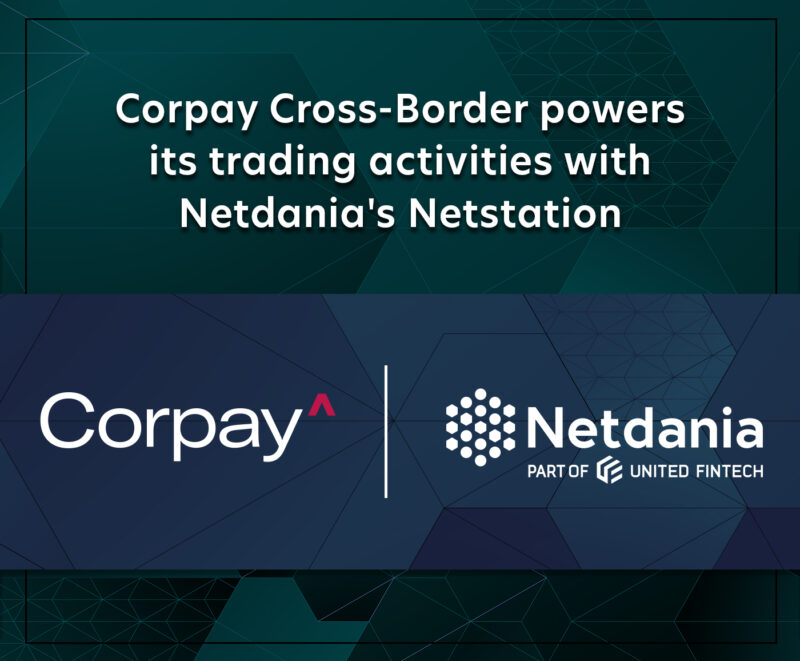Credit optimisation is a crucial factor in maximising profitability for all institutions in the FX market. It is, however, also a concept that very few institutions are even close to achieving in practice. Andrew Coyne, Founder of CobaltFX, highlights some of the key benefits of deploying CobaltFX’s Credit Optimisation products in addition to Dynamic Credit, to further enhance the savings achieved from using CobaltFX’s innovative credit suite.
1. Reducing settlement and balance sheet exposures
There are two elements to CobaltFX’s Credit Optimisation product suite. The first is referred to as Sweeping. Using mutual and user-defined triggers, such as credit limit, time or at close of business, the system will reverse your cash flow and rebook the same cash flows against another elected party. It does not change your risk position, but it changes your credit positions – and in doing so, your credit exposures. The receiving party can be a clearer, FXPB or even another bi-lateral party.
Sweeping solves two very basic and common problems in the market for non-CLS pairs or parties, namely settlement risk or Herstatt risk and balance sheet usage.
Not only is risk reduced but credit can also be opened up again to allow for trading to continue with less credit being deployed. This is particularly true for clearing houses that do not provide market access but are generally single purpose and have default mechanisms.
2. Greater automation and efficiency
Credit Optimisation also introduces a key missing element to the existing process at an institutional level: automation. Currently, much of the settlement and credit management processes in the FX industry are performed manually. Instead of relying on human intervention or involving a broker to free up credit, our automated systems can achieve the same, or better, results with minimal human input. The key is that, without disclosure, the shared ledger knows the interconnectedness of the market.
Once the rules have been mutually set for the system, it runs automatically.
3. Reducing risk and reducing costs
Our additional capability – called Switching – leverages this knowledge of market interconnectedness. It uses AI to understand how positions are interconnected in a way that isn’t possible through human processes. By knowing how various counterparties are connected through multiple positions, the system deploys algorithms to understand the outcomes of all the steps in order to arrive at the optimal outcome. In a real-world test scenario, Switching equated to an additional 10% saving over and above the 50-60% achieved through deploying Dynamic Credit alone. This was done with a limited use case of tier 1 banks and will become even more effective with broader membership.
Reducing risk and improving trading opportunity equates to increased profitability. In the case of FX forwards, there is also a balance sheet cost involved. Credit Optimisation not only reduces risk but helps to keep credit open for longer.
The final piece is where certain parties actually require delivery of the underlying cash. Settlement exposure can be minimised but also DvP can be deployed, reserving credit until the receipt of funds is achieved by the credit provider. This goes hand in hand with a quality mark-to-market service which is the final piece in the jigsaw, in particular for credit officers, operations and regulators.
4. Accessible to the FX market
The benefits of Credit Optimisation are not confined to only larger institutions such as banks but extend to virtually the entire FX ecosystem. For example, clearing members only clear a subset of currency pairs and so there are a set of currency pairs that are outside the clearing mechanism and outside the CLS mechanism. These are considered riskier pairs. In addition, there are key events in the calendar, such as Chinese New Year or Japanese Golden Week, where everything rolls to the same settlement date and many in the market start running out of credit.
As long as an entity has multiple counterparties that have their trades on the ledger, it will know that there is an opportunity to reduce credit risk.
5. Independent, intelligent, robust
As the first solution of its kind, CobaltFX Credit Optimisation stands alone in the market as an innovative piece of middleware with the intelligence to know, and understand, how the market is interconnected, without disclosing any of that information. As a truly agnostic solution, CobaltFX sits independently, it recognises how to give credit relief to facilitate more trading opportunity while reducing exposures. This results in numerous benefits for each user, such as improved balance sheets and better stress tests outcomes etc.
The reality is that institutions need common middleware that has the intelligence to know how market participants are connected to each other without disclosing any of that information. So it needs to be independent. It needs to be agnostic, it cannot be owned by any party to a trade and, most importantly, it has to be trusted.
Heads of foreign exchange trading want to optimise their market access to trade on as many prices that are credit enabled. If they were to optimise their organisation’s use of credit, they will inevitably see more prices, tap into deeper liquidity and increase profitability. The reality is, if you run foreign exchange, you care about revenue and in turn, you need to care about Credit Optimisation.
Credit Optimisation can transform your business for the better.















